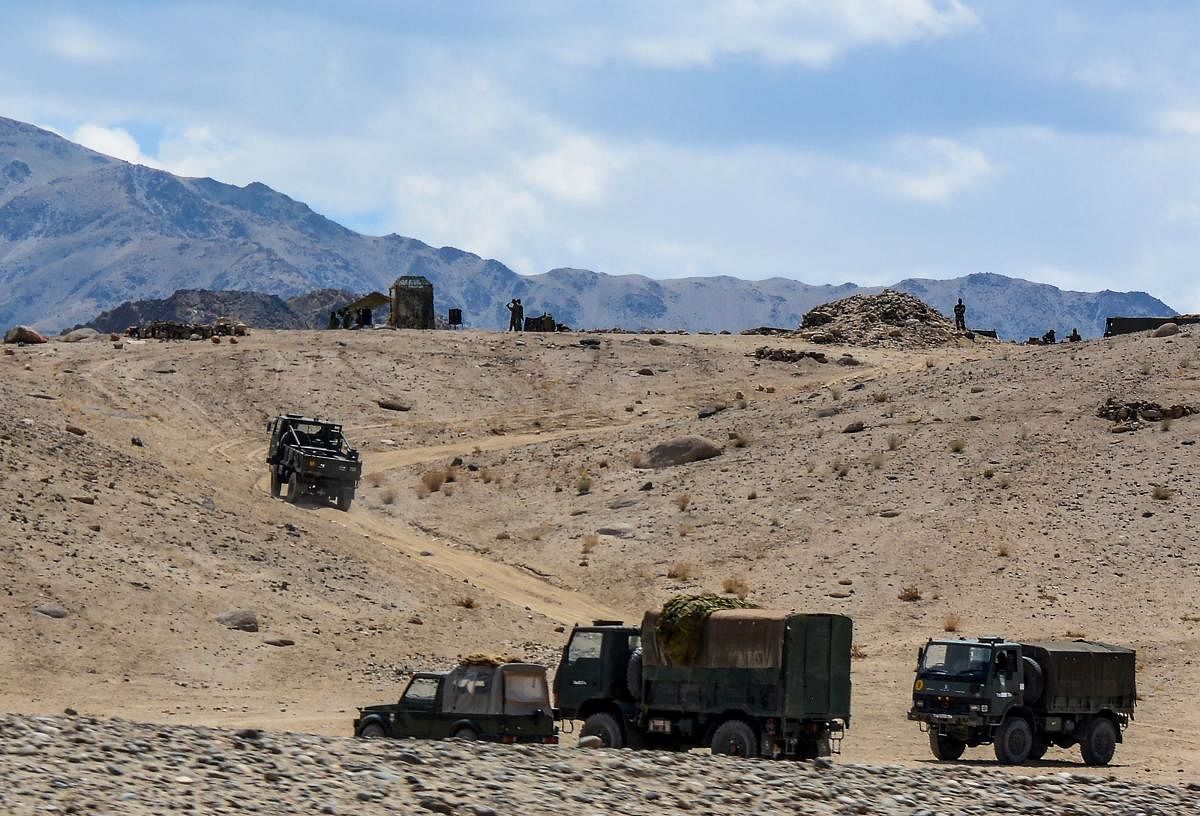
The Chinese People’s Liberation Army on Thursday moved its troops back at least by one km at the Finger Complex on the northern banks of the Pangong lake besides withdrawing the soldiers at Galwan, Hot Springs and Gogra post, the three friction points in eastern Ladakh which witnessed a tense stand-off between the troops for the past nine weeks.
The development at the Pangong Tso is significant because for the first time since the stand-off began in April, the PLA has shifted its troops backwards. Most of the PLA soldiers are now at a base in Finger 5, one kilometre away from Finger 4 while some men have been left on the ridge line at Finger 4.
Correspondingly, the Indian Army too moved its men back from their positions at Finger 4 and cleared all the friction areas in the Galwan valley.
However, there is no official word on the PLA move at the Pangong Tso with the sources observing that even though there are some thinning of the PLA troops, the reduction has not led to any discernible change in the Chinese positions on the northern banks where the PLA had heavily fortified its positions.
In Galwan valley, the Indian Army and People’s Liberation Army pulled back their troops and vehicles. They removed all temporary structures at patrol point-17 and PP-17A too. The same exercise was conducted at PP-14 and PP-15 in the last two days.
As a consequence, a 2 km buffer zone has come up at all the three locations that won't be patrolled by either side.
The disengagement at the two most crucial locations will pave the way for the next round of meeting between the Corps Commanders from both sides in which the two armies would confirm the disengagement process and decide on the future course of action.
At each of the withdrawal sites, a buffer zone has been created which won’t be manned by either side for the time being.
Indian Army sources insisted that creation of such a space was a stop-gap measure, necessary to avoid any unwarranted conflict. Once the issues are settled the Army would do the patrolling as per the traditional practice.
At Depsang Bulge, north of Galwan, there was no change in the ground position with the PLA troops blocking India’s age-old patrolling points.
The two Corps Commanders will also discuss reduction of the troops as well as artillery guns, howitzers and tanks from the depth area. Both armies had brought in two Divisions (nearly 30,000 men and additional hardware) on both sides of the LAC in anticipation of any contingency.
However, the withdrawal would take more time because of the lack of trust that currently exists between the two armies following the June 15 clash at Galwan that led to killing of 20 Indian soldiers and a significant number of PLA troops, sources said.
